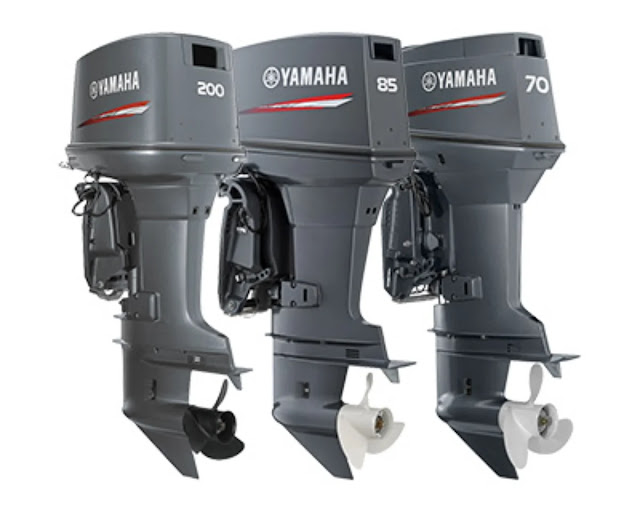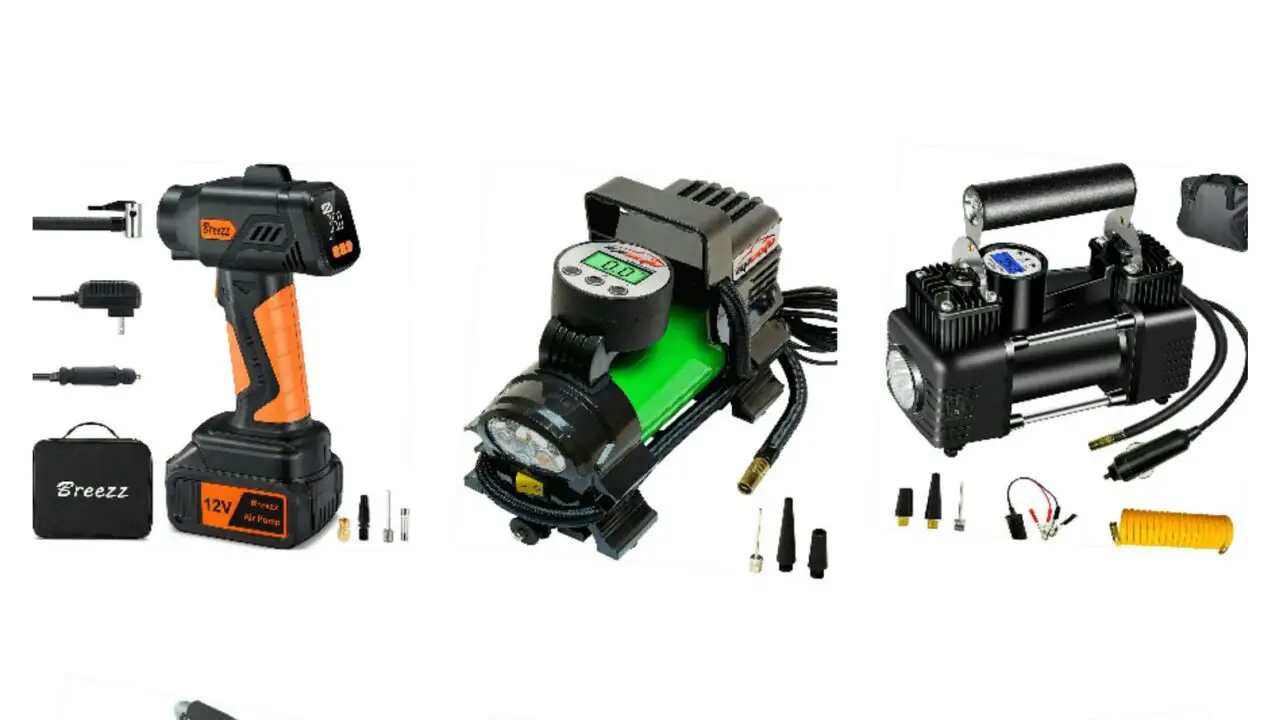Owning a Yamaha 2-stroke outboard motor can provide you with an exhilarating boating experience. These powerful engines are known for their performance and reliability. However, like any mechanical equipment, they may encounter issues over time.
Contents
- Yamaha 2 Stroke Outboard Troubleshooting Guide
- FAQs
- How often should I service my Yamaha 2-stroke outboard motor?
- Can I use regular motor oil in my Yamaha 2-stroke outboard motor?
- What should I do if my engine emits a continuous alarm while running?
- Can I troubleshoot my outboard motor on my own?
- How long can I run my Yamaha 2-stroke outboard motor out of the water?
- Related posts:
Yamaha 2 Stroke Outboard Troubleshooting Guide
In this comprehensive troubleshooting guide, we will walk you through common problems that may arise with Yamaha 2-stroke outboard motors and help you resolve them effectively.
1. Engine Fails to Start
Check the Fuel System
One of the most common reasons for an outboard motor not starting is fuel-related problems. Ensure there is sufficient fuel in the tank and that it’s not stale. Check for clogged fuel filters, and if required, replace them. Additionally, examine the fuel lines for any signs of damage or leaks.
Inspect the Spark Plugs
Faulty spark plugs can also prevent the engine from starting. Remove the spark plugs and examine their condition. If they appear worn out or covered in deposits, it’s best to replace them with new ones.
See also: Tohatsu Outboard Motor Reviews
2. Engine Runs Roughly
Clean the Carburetor
A dirty or clogged carburetor can lead to rough engine operation. Carefully disassemble the carburetor and clean it thoroughly. Pay close attention to the jets and passages to ensure proper fuel flow.
Check the Ignition System
A malfunctioning ignition system can cause rough idling and poor performance. Inspect the ignition coils, ignition cables, and connections. Replace any faulty components as needed.
3. Engine Overheating
Verify Water Pump Functionality
An overheating engine may indicate an issue with the water pump. Check if the water pump impeller is functioning correctly and replace it if necessary. Ensure that water is flowing through the cooling system adequately.
Inspect the Thermostat
A faulty thermostat can also cause overheating problems. Test the thermostat to ensure it opens and closes at the correct temperature. Replace it if it’s not functioning properly.
See also: Reviews on How to Choose Tohatsu, Yamaha, And So On Outboard Motors
4. Engine Stalls at High RPMs
Check the Fuel Mixture
Incorrect fuel-to-oil mixture can lead to engine stalling at higher RPMs. Refer to the manufacturer’s guidelines for the proper fuel-to-oil ratio and ensure you’re using high-quality 2-stroke oil.
Clean the Fuel Vents
Blocked fuel vents can create a vacuum in the fuel tank, restricting fuel flow to the engine. Inspect the fuel cap and vents, and clean them to prevent stalling issues.
5. Excessive Smoke Emission
Inspect the Propeller
A damaged or incorrect propeller can cause the engine to work harder and produce excessive smoke. Verify that the propeller is in good condition and suitable for your boat’s specifications.
Check the Oil Injection System
If your Yamaha outboard is equipped with an oil injection system, make sure it’s functioning correctly. A malfunctioning oil injection system can result in increased smoke emission.
See also: Mercedes 1.3 Petrol Engine Review
Conclusion
Owning a Yamaha 2-stroke outboard motor can be a thrilling experience, but encountering technical issues is not uncommon. By following this troubleshooting guide, you can effectively address many common problems that may arise with your outboard motor. Remember to perform regular maintenance and seek professional help for complex issues. Happy boating!
FAQs
How often should I service my Yamaha 2-stroke outboard motor?
Regular servicing is essential to maintain the performance and longevity of your outboard motor. Follow the manufacturer’s recommendations and have it serviced at least once a year or after a specific number of running hours.
Can I use regular motor oil in my Yamaha 2-stroke outboard motor?
No, you should always use high-quality 2-stroke oil that meets Yamaha’s specifications for your outboard motor. Using regular motor oil can lead to engine damage and reduced performance.
What should I do if my engine emits a continuous alarm while running?
A continuous alarm typically indicates an overheating issue. Immediately turn off the engine to prevent further damage, and check the water pump, thermostat, and cooling system for any problems.
Can I troubleshoot my outboard motor on my own?
Some minor issues can be resolved by boat owners with basic mechanical knowledge. However, for complex problems or those under warranty, it’s best to consult a qualified Yamaha service professional.
How long can I run my Yamaha 2-stroke outboard motor out of the water?
Running the outboard motor out of the water for more than a few seconds can damage the water pump and potentially harm the engine. It’s crucial to avoid running the motor without proper water cooling.
Check out other designs directly from your cellphone via WhatsApp Channel: https://whatsapp.com/channel/0029VaASACYFXUuYULZWe939.


